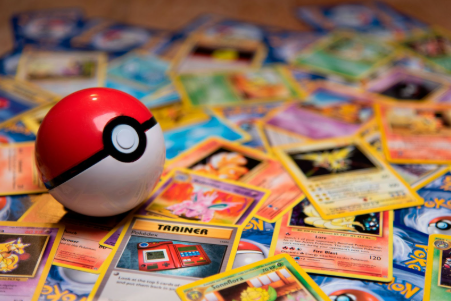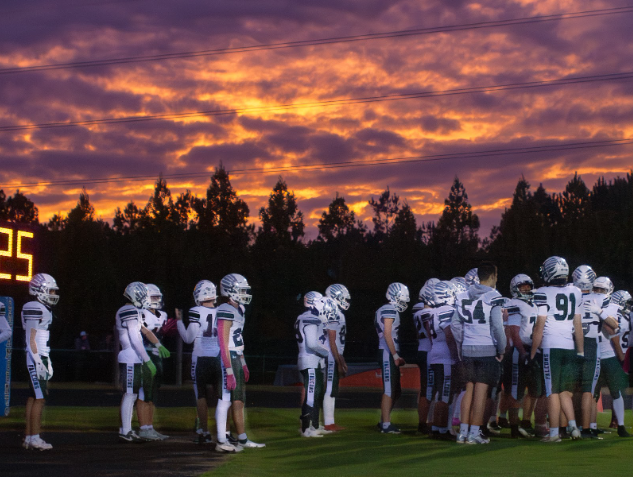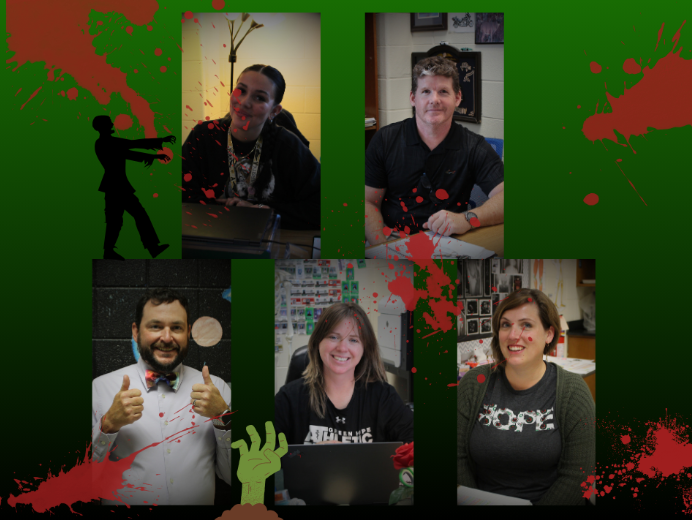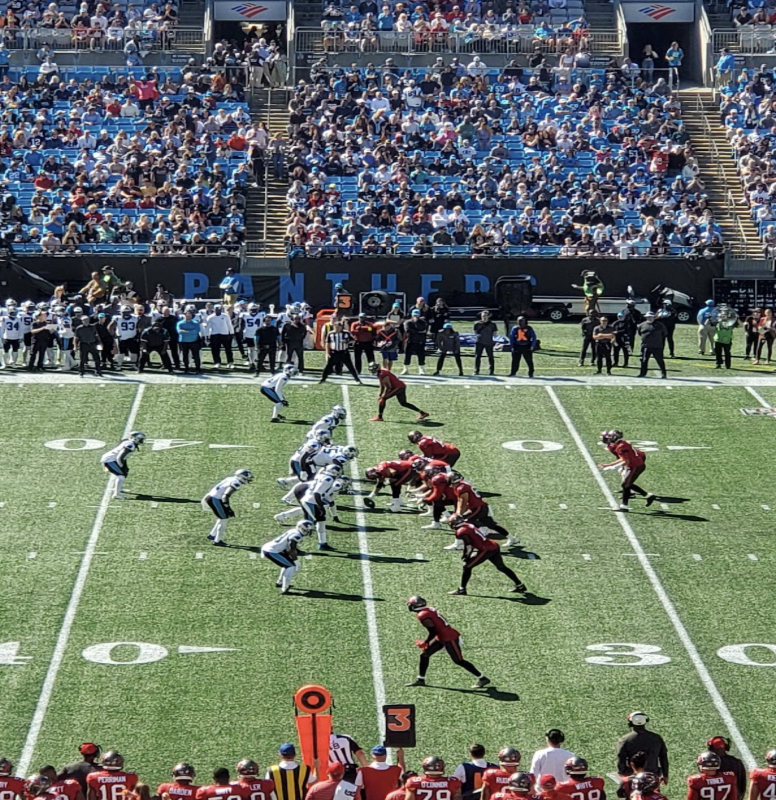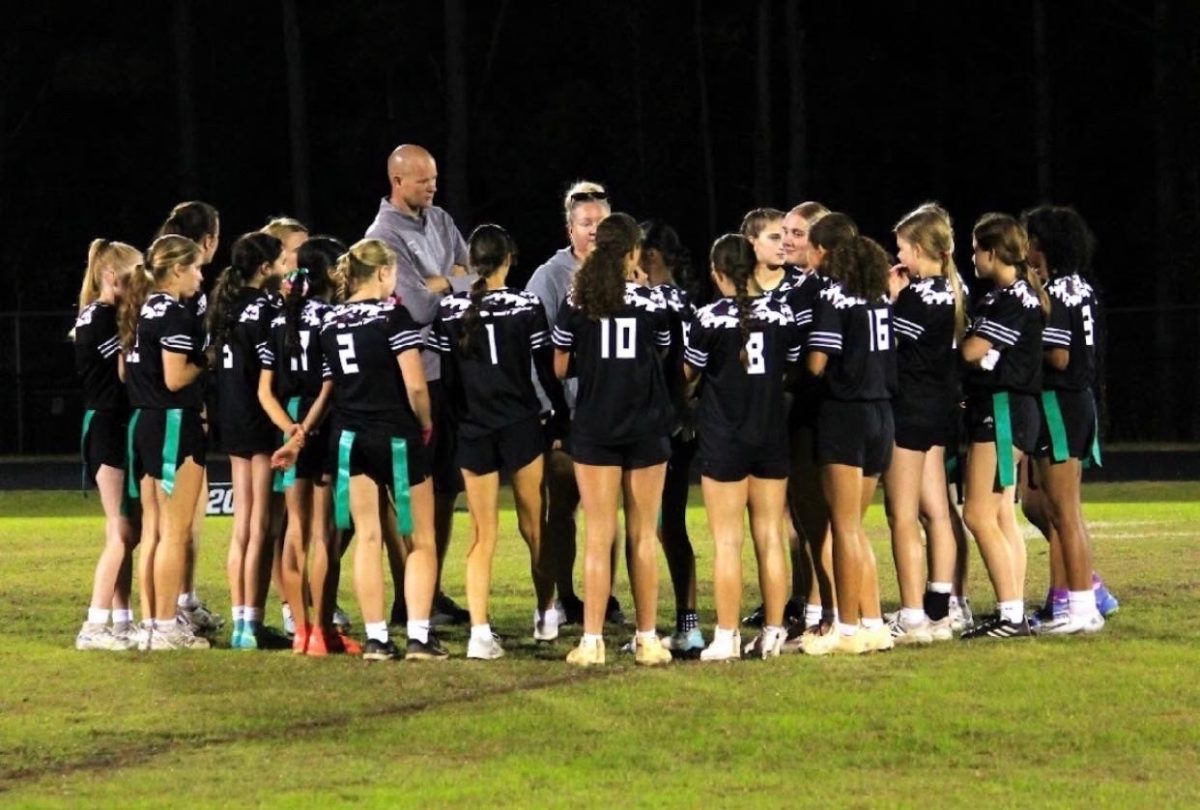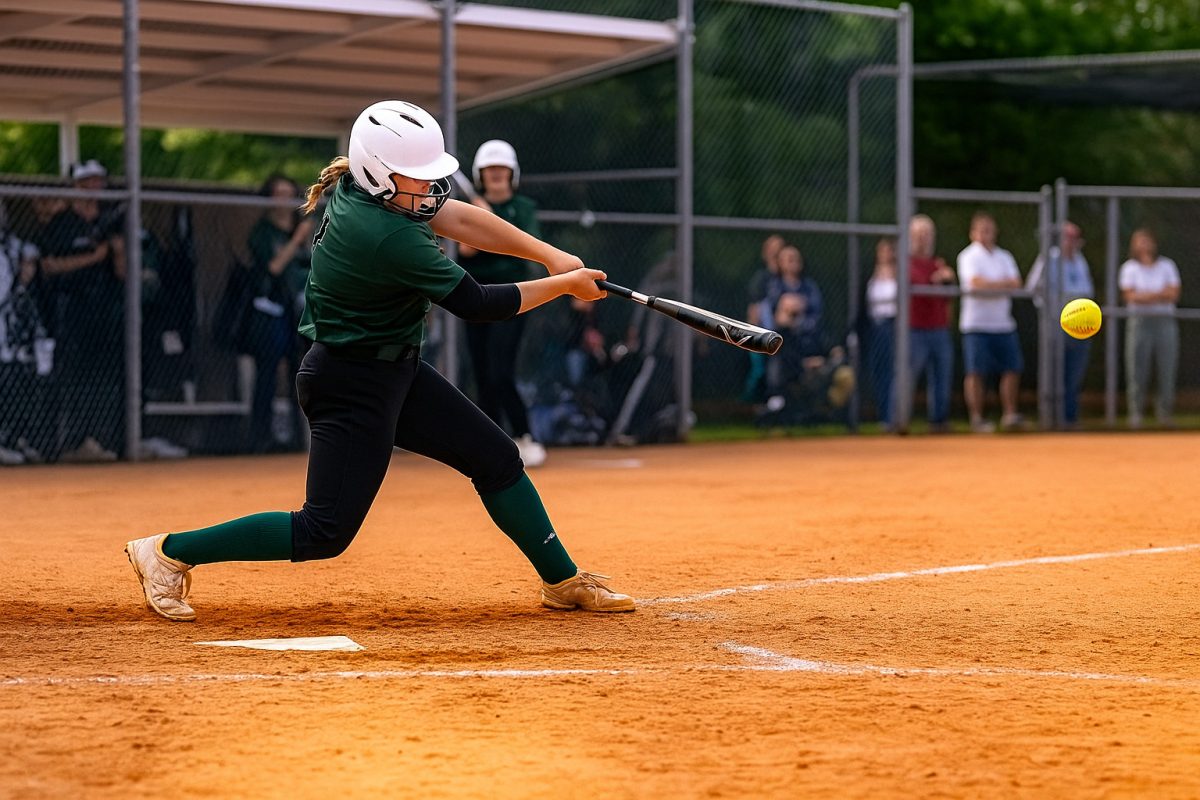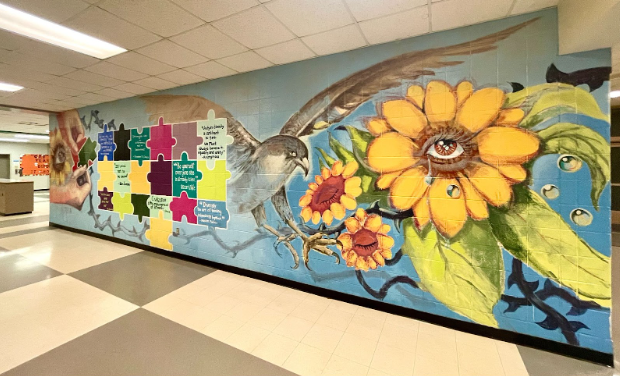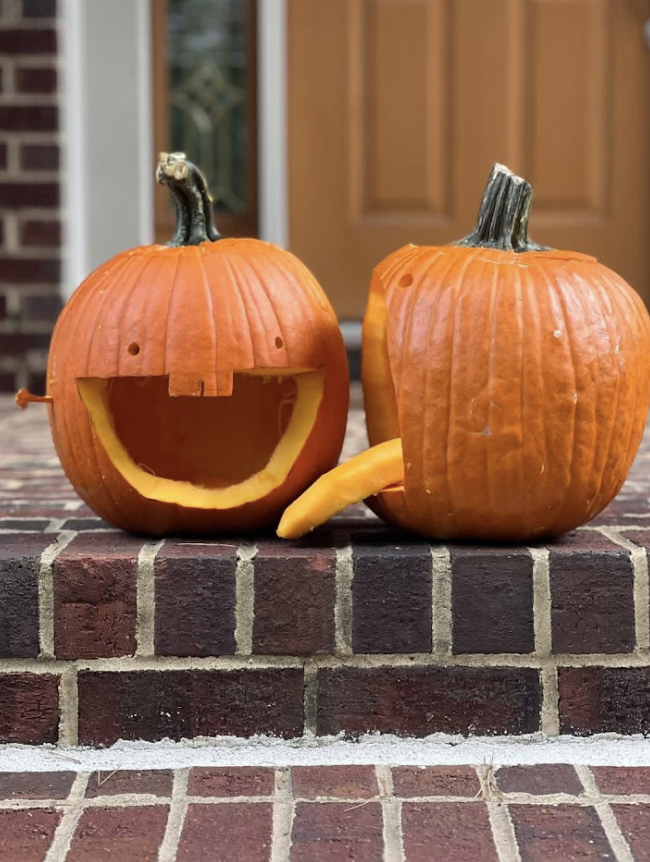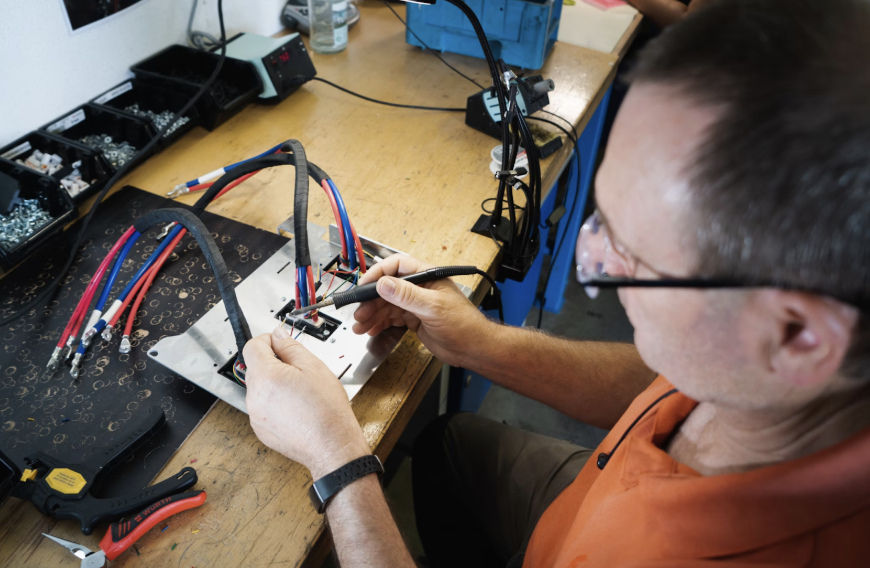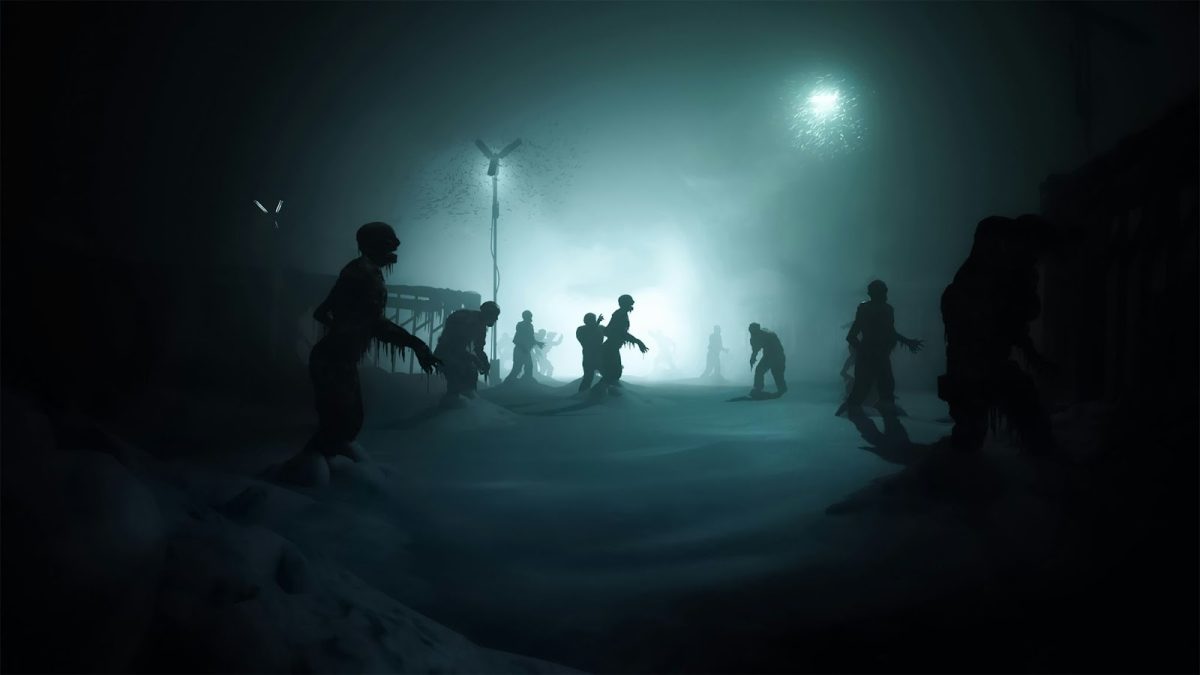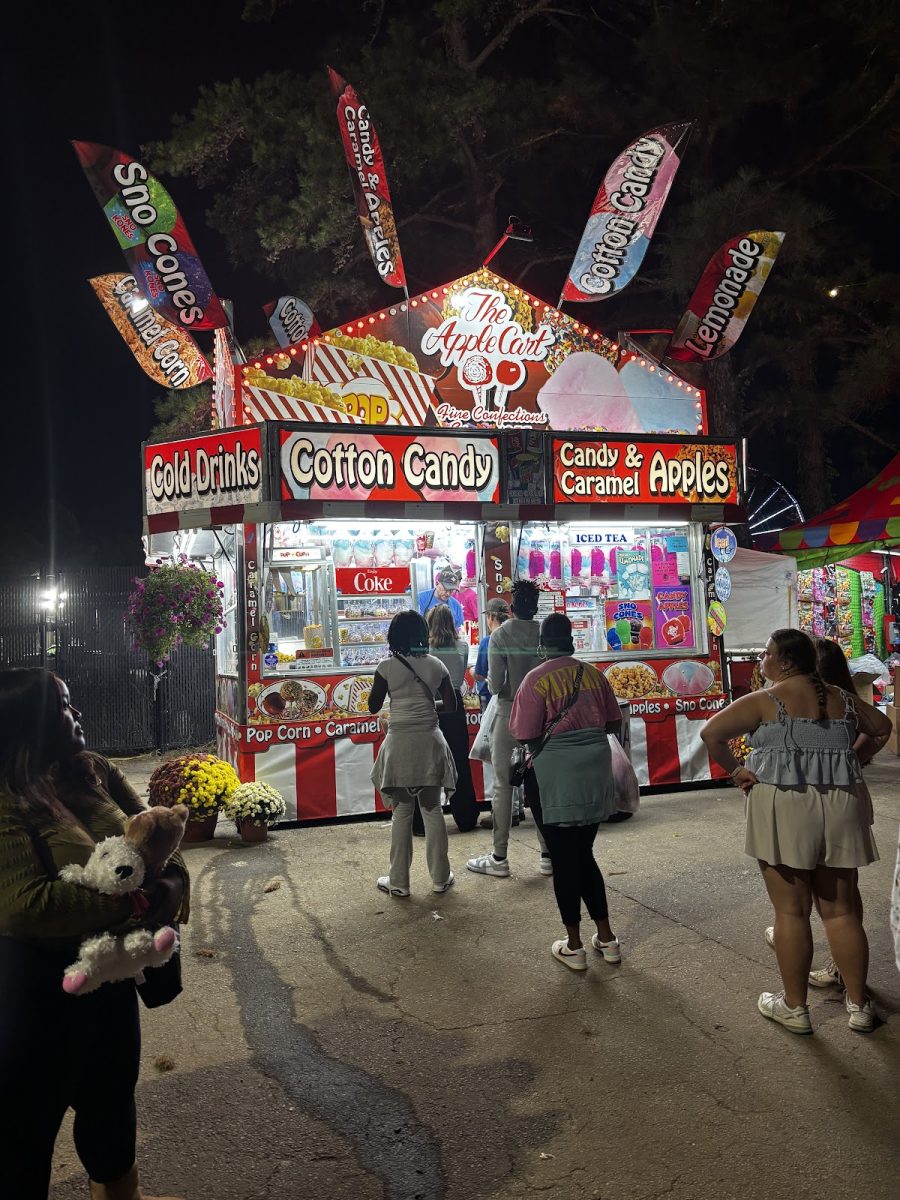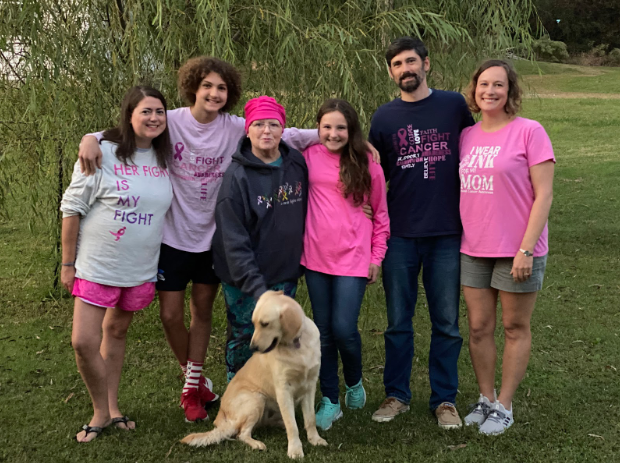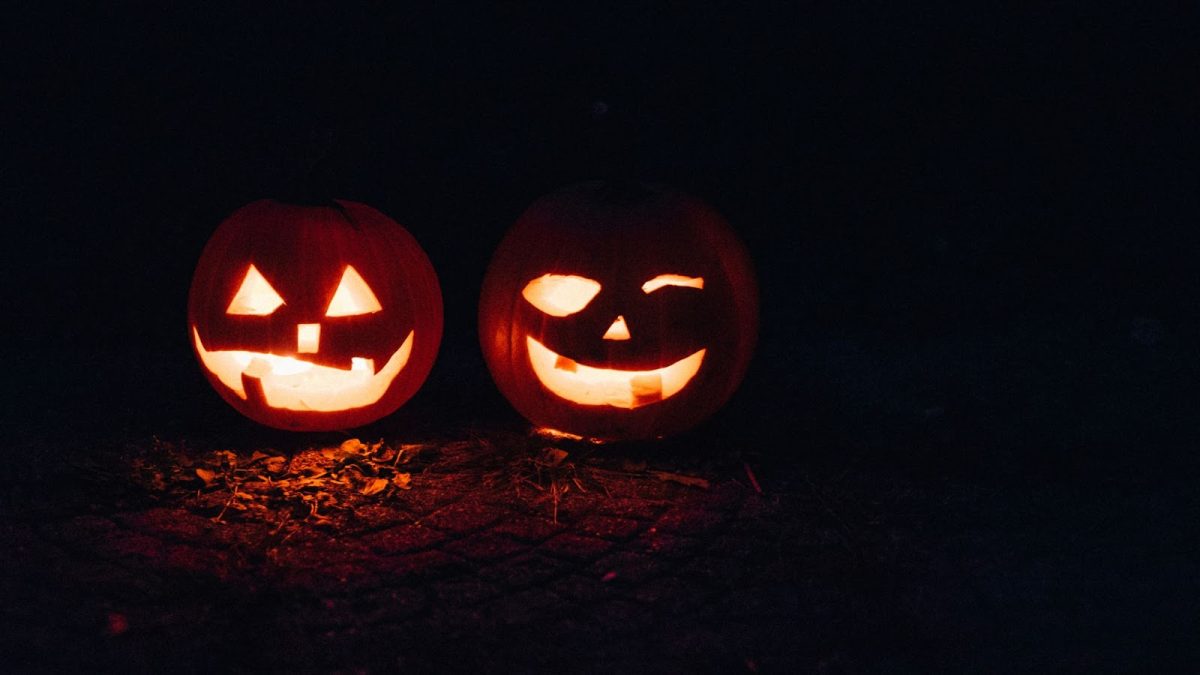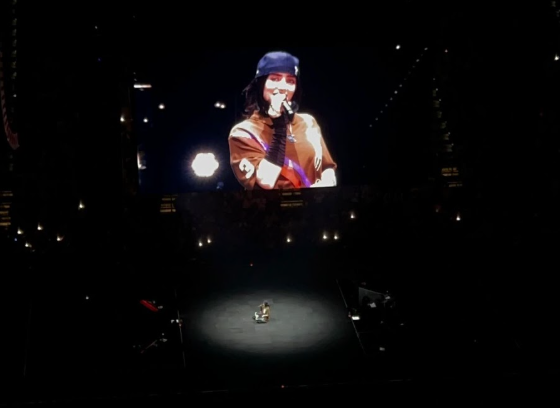From jack-o-lanterns to trick-or-treaters, decorations adorning houses and everyone dressed in their spookiest attire, Oct. 31 is one of the most iconic nights of the year. But what are Americans actually celebrating? What is Halloween, and where else do people celebrate?
In America, Halloween traditions come from the Celtic festival Samhain. Starting roughly 2000 years ago, Samhain was celebrated on October 31, when it was believed that the spirits of the dead would return. The Celts feared that these spirits would hinder their harvest, and in attempts to ward them off, the Celts constructed huge sacrificial bonfires. These fires were fueled by crops and animals which worked to help protect Celtic crops, while the people dressed in costumes made of animal heads or skin for their own protection.
Eventually, traces of this tradition made their way to America via colonization. With the inevitable combination of Native American traditions and colonial beliefs, the Americas developed their own, distinctly unique, “Halloween”. Early forms of the American tradition featured “play parties” where neighbors would gather and celebrate the harvest while singing and dancing.
In the 1800s, trick-or-treating was added as a holiday tradition. This tradition shifted Halloween from religious celebrations to a new era of witchcraft and ghouls placing emphasis on community, costumes and food. In the 1920s-1930s, Halloween parties became increasingly popular and in the 70s, Halloween movies drove the commercial success of the holiday in addition to candy sales.
Currently, children flood the streets of neighborhoods across the United States, going door to door in costume gathering candy to their heart’s content. Meanwhile, adults spend this holiday partying and enjoying a film or two.
While Halloween has evolved greatly from its Celtic roots, undertones of the tradition are still present to this day, taking on more modernized forms.
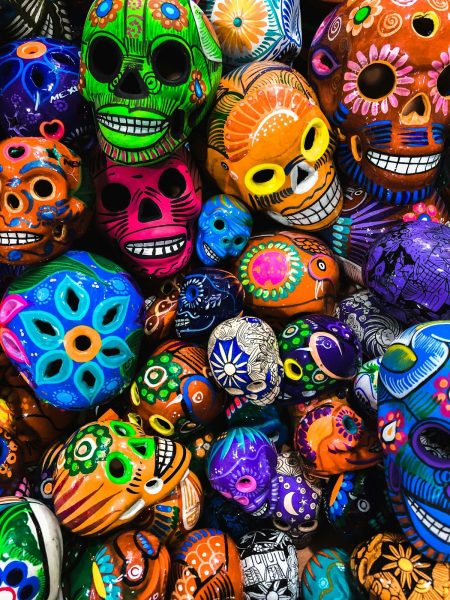
However, America is not the only country that celebrates such a holiday. Mexico celebrates “El Día de los Muertos”, which translates to “the day of the dead”, and occurs from Oct.31 to Nov. 2. During this time, it is thought that families can commune with their deceased relatives as the barrier between the living and the dead dissolves, allowing time for families to eat, drink and dance with their loved ones.
Mexico native and Green Hope student Gabriela Lunceford (‘25) discussed her experiences regarding the holiday to the GH Falcon. She said, “We set up an altar with pictures of family members and close friends who passed, and lay out their favorite foods.” In addition to this, the she and her family create a path of flowers to guide them home. Lunceford said, “My favorite part of these celebrations is the fact that we get to talk about people we love who passed away. It’s a happy day because we get to remember them for the good times that we spent with them.” In contrast to the vengeful spirits that the Celts defended themselves from in Samhain, the spirits of El Dia de Los Muertos are welcomed with open arms.
Since moving to North Carolina from Mexico, Lunceford discussed the differences in how the holiday is celebrated.“The celebrations in Mexico are much more vibrant. In the city, several parades are held and people dress up as Catarina: death displayed as a beautiful woman. In the US the altars are the only real tradition that is consistent in both countries, and we don’t celebrate it nearly as much,” she stated. Lunceford also acknowledges that people in the US don’t know as much about the holiday. She said that she wants people to know,“El Dia de Los Muertos is a happy holiday. People use it as a way to remember their loved ones positively as opposed to looking back on them with sadness.”
Shifting away from the Western continents, countries like Italy and the Philippines conduct other celebrations with similarities to the aforementioned holidays.
Similar to the evolution of American Halloween, Italy’s Ognissanti, a traditionally religious holiday, has slowly slipped away and made the turn towards the more Americanized Halloween.
While the holiday’s evolution shows similarities to that of Halloween, the practices that are still in use show many similarities to El Dia de Los Muertos. On Nov. 2, Italian families pay respects to their deceased loved ones and celebrate with traditional food and prayer. Focusing on the food portion in particular, Ognissanti shows further similarities to El Dia de los Muertos in the Italian “pan di mort” (dead’s bread) while Mexican bakeries traditionally feature “pan de muerto” (bread of the dead).
From drastic changes in the practices surrounding traditional Hallow’s Eve festivities, to what they represent in the first place, Halloween traditions differ all around the world and speak to each location’s unique identity.

